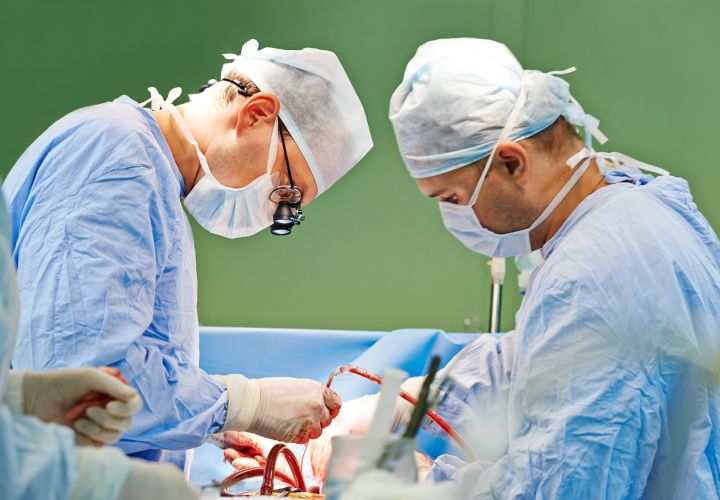
Essentially, this new procedure is a method of regenerating much of a patient’s immune system so that the body can accept otherwise incompatible organs. The first step requires doctors to filter existing antibodies out of a patient’s bloodstream. Then the patient’s blood is infused with other antibodies so that the immune system isn’t left defenseless while it naturally regenerates a whole new set of antibodies to protect the body.
Scientists on the study haven’t been able to explain why, but the regenerated antibodies are less likely to attack foreign organs. And if for any reason the new antibodies are still dangerous to the success of the organ transplant, the patient can be treated with drugs that kill off the white blood cells that might attack the transplanted kidney. In a study published this week about desensitization, 76.5 percent of patients who had received an incompatible kidney after desensitization were still alive, compared to 62.9 percent of patients who were stuck on transplant waiting lists, hoping for a compatible donor match.
Desensitization takes about two weeks and can cost about $30,000. Even when combined with the $100,000 price tag of most transplants, it’s clear that a lifetime of $70,000 per year dialysis would rack up a higher price tag and a considerably lower quality of life. Since about 50,000 people on kidney waiting lists in the United States alone have antibodies that would attack a transplanted organ, the desensitization procedure could help save a lot of lives. In the future, the process could be used beyond kidneys to help people on waiting lists for livers, lungs, and other organs as well.


